Selecting the right trash bag or can liner for your workplace involves a few different elements: Bag Type, Size, and Strength.
1. Bag Type: How It’s Used
There are generally two types of plastic used in most workplace can liners: Linear Low Density and High Density.
Linear Low Density:
- Excellent tear strength & stretch
- Puncture-resistant
- Great for heavy trash, and sharp and jagged trash, like broken glass, can lids and plastic cutlery.
- Ideal for outdoor trash cans, or industrial use.
High Density liners:
- Limited tear strength and stretch
- Great for wet, bulky trash — such as office and restroom paper trash, food scraps, and coffee grounds.
- Not good for sharp objects!
- They are ideal for places that require a lot of liner changes, like healthcare and or lodging.
2. Bag Size: Determine Width & Length
This is the tricky part. When you shop for a bag, you’ll see width and length displayed, so here’s how to calculate this:
For a Round Can:
Bag Width = 1/2 of the outer circumference
Bag Length = Height of the container + plus 1/2 of the diameter of the container bottom + 3″ for overhang
For a Square/Rectangular Can:
Bag Width = 1/2 the total of all four sides of the receptacle
Bag Length = Height of the container + plus 1/2 the diagonal of the container bottom + 3″ for overhang
Typically, a properly fitted liner should have approximately 3″ to 4″ hanging over the top of the container.
3. Bag Strength
The thicker the bag, the more weight it can hold.
Linear low density bags are available in gauges from .6 mil to 2.0 mil.
High Density bags are available in thicknesses from 6 micron (.19 mil) to 17 micron (.67 mil).
Liners are often identified as light, medium, heavy and extra-heavy.
So once you’ve determined the Type, Size, and Strength you need in an office or workplace trash bag, you’re ready to shop!




